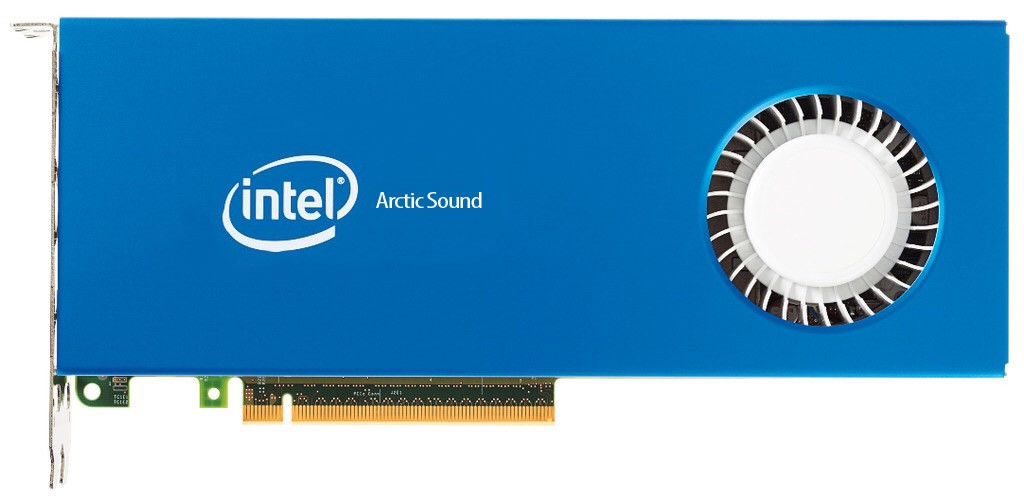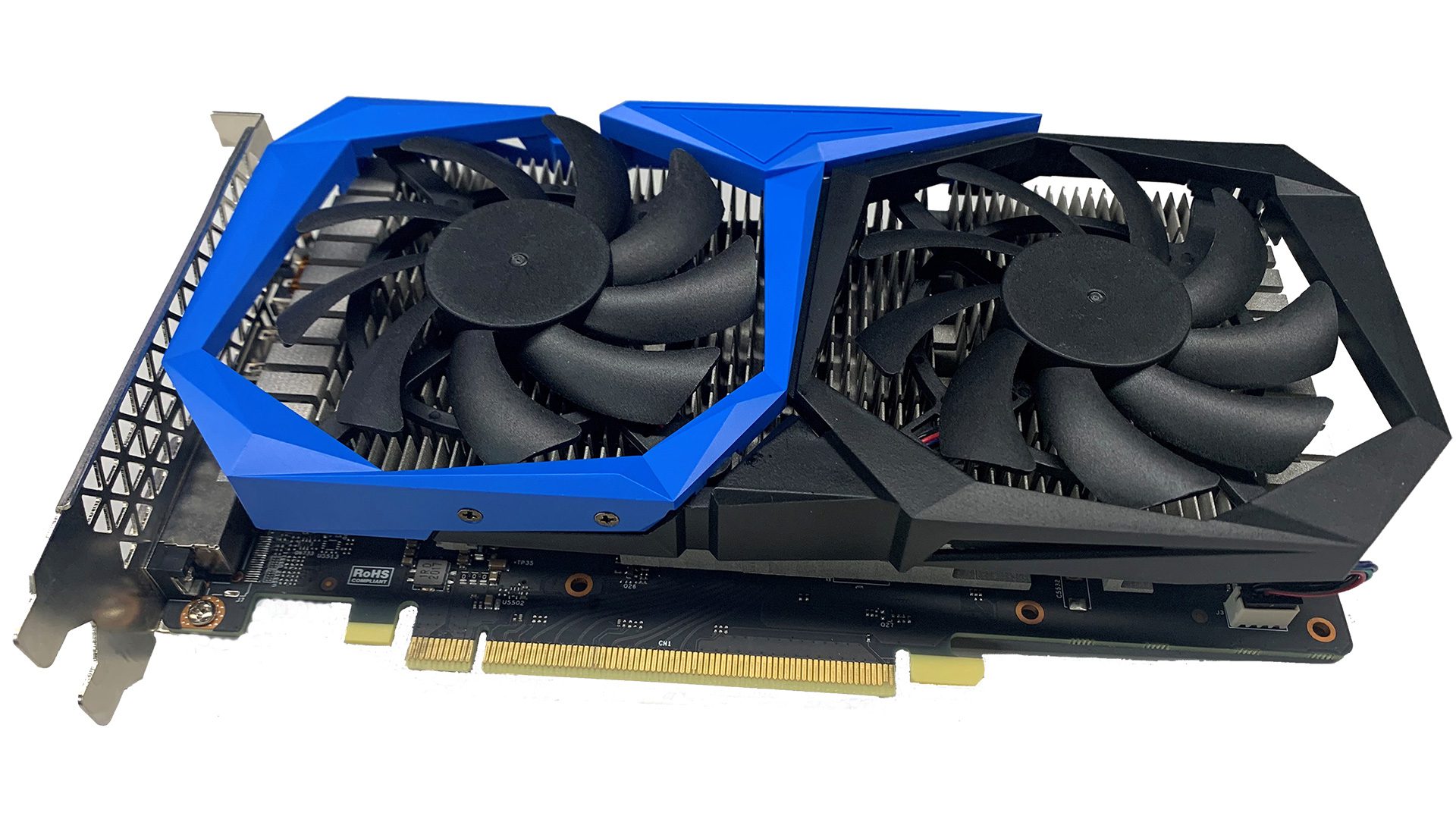


Intel has placed it within the Performance bracket in the roadmap, wedged between the Mainstream and Enthusiast tiers. That’s because it contains references to “Alchemist+” cards, including two distinct SKUs: ACM+ G20 and ACM+ G21.Īccording to the roadmap, ACM+ G21 looks to be a relatively high-end graphics card, with a TDP rating of 175-225W. Interestingly, the road map seems to confirm previous rumors that Intel was looking to refresh its Arc Alchemist line-up in the coming months. Arc Alchemist gets a refresh RedGamingTech There will also be improvements to the cards’ micro-architecture, machine learning rendering tech, and Deep Link capabilities. Wa_cq_url: "/content/That includes the Xe2-HPG architecture, a next-gen memory subsystem and compression, and improved ray tracing. Wa_english_title: "Intel Introduces New High\u002DPerformance Graphics Brand: Intel Arc", Wa_emtsubject: "emtsubject:itinformationtechnology/clientcomputing",

Wa_emtcontenttype: "emtcontenttype:donotuse/webpage/article", Please visit /Arc for more details, with more specifics arriving later in 2021. More Context: Alchemist products will arrive in the first quarter of 2022. Who It Helps: Intel’s long-term vision is to bring frictionless gaming and content creation experiences to gamers and creators worldwide, giving them innovation and choice in hardware coupled with open and accessible software tools. Alchemist, the first generation of Intel Arc products, will feature hardware-based ray tracing and artificial intelligence-driven super sampling, and offer full support for DirectX 12 Ultimate. Upcoming Intel Arc graphics products are based on the X e HPG microarchitecture, a convergence of Intel’s X e LP, HP and HPC microarchitectures, that will deliver scalability and compute efficiency with advanced graphics features. Why It Matters: Intel X e is a scalable graphics and compute architecture designed to deliver exceptional performance and functionality spanning integrated to discrete and data centers to supercomputers.


 0 kommentar(er)
0 kommentar(er)
